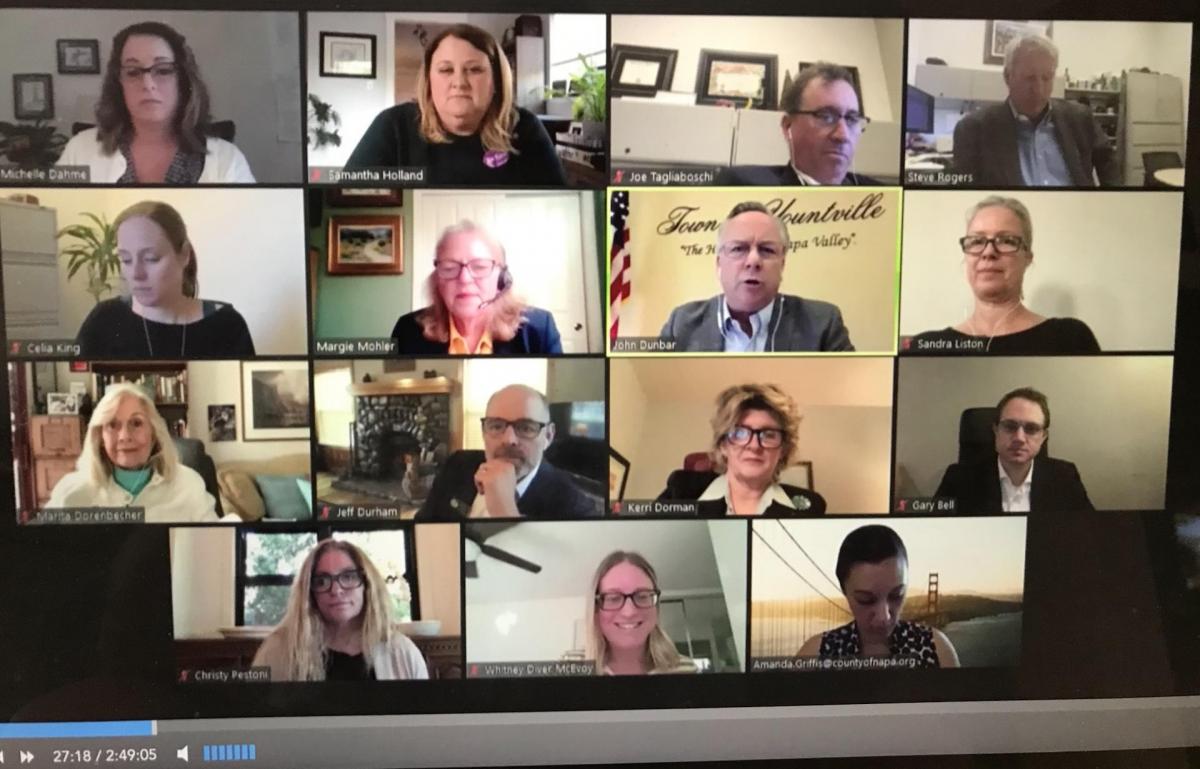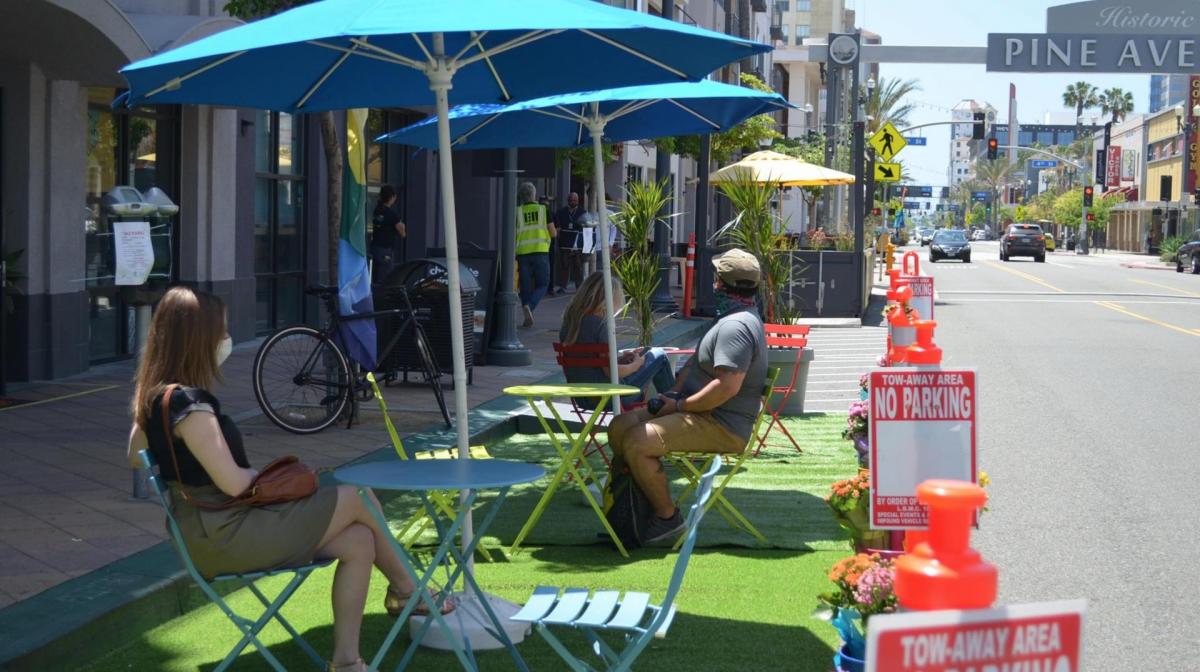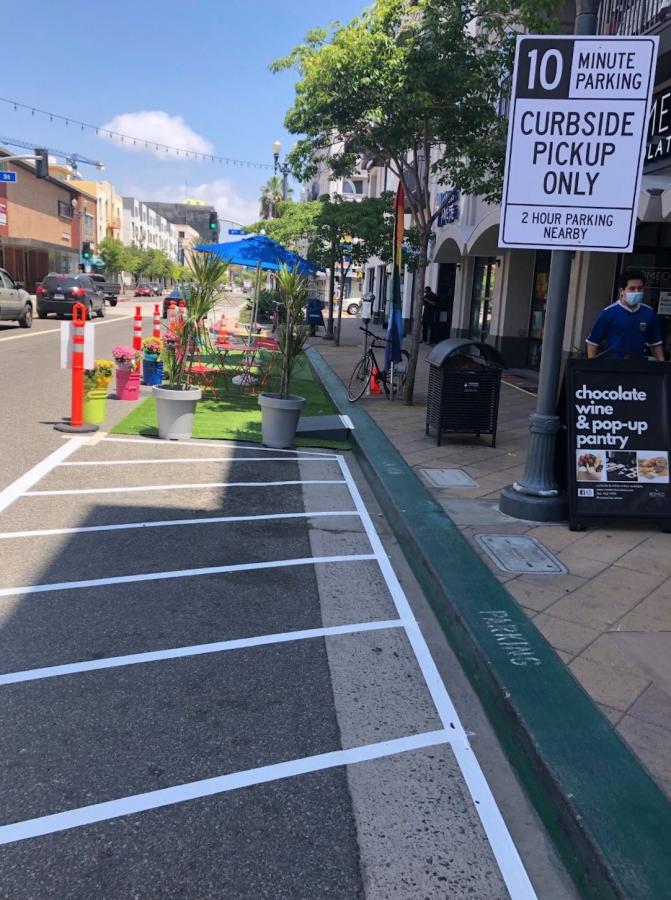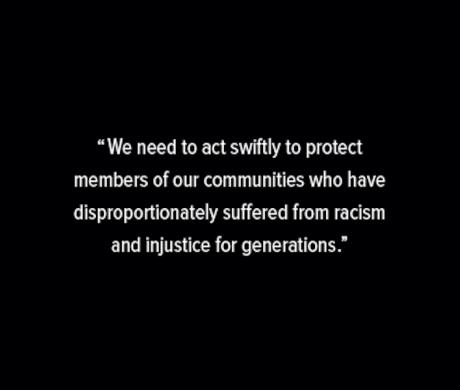What COVID-19 Is Teaching Us
As the coronavirus pandemic has unfolded, its profound effects have raised numerous questions and revealed potential opportunities for California’s cities. The sweeping impacts driven by the pandemic have changed the way we function — as cities, businesses, families, and individuals.
As part of the state and local governments’ efforts to slow the spread of COVID-19, millions of workers, students, and families stayed home and ventured out only for the most critical needs.
Cities Transform Service Delivery and Functions
Overnight, cities changed the way they operate and shifted to an entirely new model of service delivery. While essential workers and first responders continued uninterrupted service for residents, city leaders and staff turned to technology to help serve their communities virtually rather than in person at City Hall. City employees quickly familiarized themselves with online tools that enabled them to continue engaging the public remotely. The new norm shifted to public meetings conducted online, as reported in the June 2020 issue of Western City (see “Cities Use Technology to Keep Constituents Informed and Engaged During Pandemic”).
The traditional model for an Emergency Operations Center, which requires staff working in close physical proximity, was no longer viable. Using technology and new tools, cities pivoted to virtual EOCs with employees often working from home.
In Napa County, public health and emergency officials quickly shifted to teleconferencing with mayors, county supervisors, and managers of all six jurisdictions in the county — and staff from the offices of our state and federal legislators — for daily updates on COVID-19 testing, health care operations, personal protection equipment, and other status reports critical to the pandemic response.
In the past several weeks, that coordinated effort has continued and has expanded to include discussions about economic recovery and guidelines for safe and strategic reopening of businesses.
In reflecting on the demands of transforming municipal operations to virtual functions, Temecula City Manager Aaron Adams said, “This exercise occurred in less than 48 hours and required the commitment from so many dedicated professionals and a will to accept a rapidly changing, unconventional workplace environment from our employees.”
Other Impacts of the Pandemic
Most of us experienced firsthand the stay-home order’s dramatic and positive impact on air quality. As telework replaced commuting and airlines grounded their fleets, cleaner air and skies followed.
But while commuters worked remotely from home, public transit services were particularly hard hit with a steep decline in ridership and revenues. The loss of parking revenue and other fees were additional negative fiscal impacts for cities.
For years, California cities have been trying to get people out of their single-passenger vehicles and into transit. But in the context of a pandemic and the threat of contagion, mass transit presents new public health challenges. Crowded trains and buses, formerly a hallmark of successful transit programs, now raise concerns about personal safety and coronavirus spread. Transit riders may no longer be willing to travel in close proximity to others, but many will likely still need to rely on transit as an affordable way to get to work. Meeting these challenges will require innovation and ingenuity.
Lessons Learned and New Questions to Address
COVID-19 has taught us a number of lessons about our assumptions; for example, many businesses and agencies that formerly asserted telework was not feasible transitioned rapidly to a work-at-home model when circumstances demanded it. In the medical sector, telehealth activity surged both to reduce the impacts on hospitals and clinics and to serve individuals who were not comfortable going to doctors’ offices.
As we have witnessed with other major disasters, out of necessity comes change. We’ve learned how to do things differently since the advent of COVID-19. We dramatically changed how we behave, work, and educate in an effort to protect public health and save lives.
Good news is emerging from our experiences with the difficult circumstances created by COVID-19. Many of the new tools and technologies that cities turned to in the pandemic response will remain in use and continue improving our ability to deliver public services efficiently and effectively. The convenience of online public meetings may increase public access and participation. Many cities streamlined the planning and building permit process and moved bill paying and many other functions online, which makes navigating these processes easier for residents and businesses and increases efficiency for city staff. Cities have demonstrated extreme flexibility and willingness to adjust operations in response to these rapidly changing conditions.
As our communities move through the phases of recovery and work to resume normal life, cities are benefiting from these new ways of doing the public’s business while confronting the challenges associated with COVID-19’s impacts. The lessons learned raise new questions and challenges. The positive environmental impacts, such as cleaner air, have been accompanied by other negative effects, such as lower gas tax and parking fee revenues and the challenges associated with safely operating public transit services. Cities, businesses, and workers have suffered profound financial losses related to shutting down to save lives. Coping with uncertainty is an ongoing challenge, and this multilayered disruption to our lives still has no clear end in sight. As we move forward, we are re-examining our policies and assumptions in the context of COVID-19.
It’s too early to say what the ultimate outcomes will be in terms of policy and the overall future direction of California and its cities. But the resilience and determination that our communities have demonstrated offer hope — and faith in our ability to come through this crisis with new insights and hard-won wisdom. Working together, we will continue to find and share solutions that work for our cities and residents throughout California.
Related Resources
Cities Use Technology to Keep Constituents Informed and Engaged During Pandemic
The Economic Impact of COVID-19 on Essential City Services
In an Unprecedented Crisis, Local and State Leaders Step Up
California Cities Demonstrate Resiliency and Leadership During COVID-19 Crisis
The Environment, Energy, and Equity: How Cities Are Moving Forward in Today’s Economy
Photo Credits: Courtesy of John F. Dunbar (Virtual meeting with President John Dunbar); Courtesy of Downtown Long Beach Alliance (Physical distancing)







